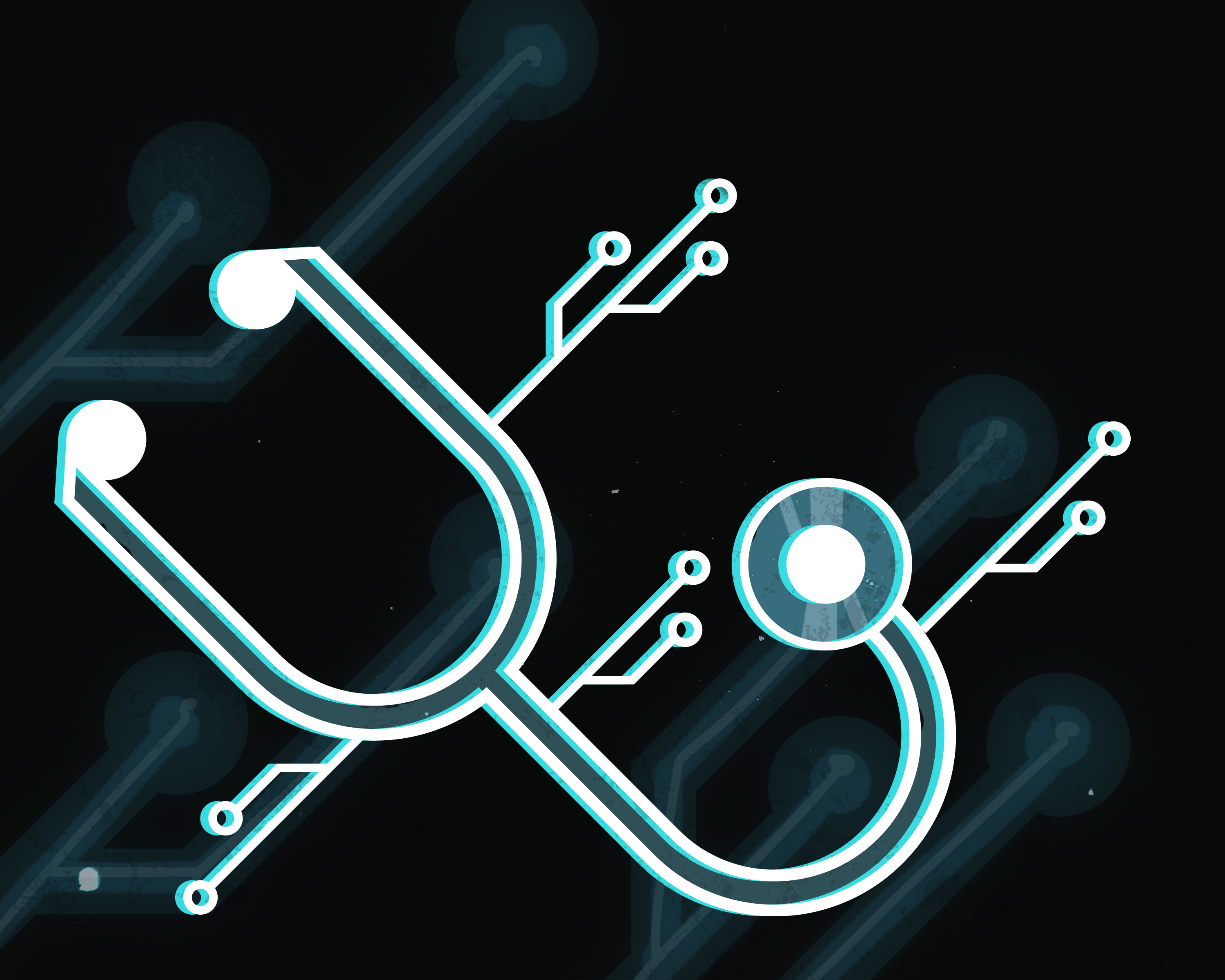Artificial intelligence (AI) technology is being rapidly integrated more and more into different sectors, and health care is no exception.
Pingzhao Hu, an assistant professor in the department of biochemistry and medical genetics at the U of M, is currently working on a project that aims to develop an Al system for the integrated analysis of complex health data. He recently won a Terry G. Falconer Emerging Researcher award from the Winnipeg Rh Institute Foundation for this project, which combines the fields of statistics, computer science and genome science.
Hu started his work in medical genetics in 2003 at the Mount Sinai Hospital Lunenfeld-Tanenbaum Research Institute in Toronto, Ont. where he worked with a team to develop and analyze the different kinds of genomic data gathered using gene chip technology.
This technology, also known as DNA chips or biochips, describes the genetic information of each patient at the genome level. From there, Hu moved to the Hospital for Sick Children in Toronto, where he spent 10-and-a-half years before coming to the U of M in 2014. Hu is also affiliated with the data science platform at the George and Faye Yee Centre for Healthcare Innovation in downtown Winnipeg.
Hu’s current research applies the deep learning approach of machine learning, in which an AI can learn from its data sets to train itself, to the analysis and integration of health data gathered from numerous sources to accomplish two goals.
The first is to diagnose or provide the prognosis of certain diseases. By identifying specific biomarkers or gene signatures, the AI algorithm they seek to develop and use will be able to predict the average survival rates of patients.
Using a personalized method of genetic sequencing, the AI’s second aim will be to predict whether certain patients will respond to particular drugs.
In addition to this, it will enable them to study closely the development and progression of the diseases being researched.
This breakthrough will introduce a new dimension to medicine.
“The future of medicine is mainly precision medicine, or personal medicine […] and based on my own opinion, AI is one of the key technologies we need to use or apply here,” Hu said.
Through the study of gene signatures, patients can be separated into different groups, and the disease progression, prognostic factors and survival rates of these groups can be analyzed.
Their responses to treatment can also be closely studied, enabling those in the medical field to choose what specific drugs to give to patients that reacted well to others with similar genetic signatures.
Presently, the project is focused on patients with breast cancer. Women aged over 50 should go through breast cancer screening every two years, and Hu and his team hope to assist in early detection for women who may develop interval breast cancer, or cancer developed in the interval between tests. Through the use of AI, they also seek to increase the specificity of screening tests.
Hu’s AI system can analyze many different kinds of data from a variety of sources, including clinical data, genomic data and medical imaging data, such as computerized tomography (CT) scans. In sourcing the data for this project, Hu identified two major sources: local clinicians and organizations, who gather genetic materials from their patients, and data from public domains, such as journals.
Due to the sheer amount of data available, the biggest challenge faced by the health industry is the integration of this data, which is where AI comes in.
“More than 90 per cent of diseases more or less have a genetic component, so basically the genetics play a key role in the majority of human disease,” Hu said.
One of the challenges Hu identified is the fact that different populations of people have different genetic backgrounds, and so their genetic information is quite different. Therefore, when samples are being analyzed, in order to avoid bias, it must be determined whether they are from a homogenous or mixed population. This is done by comparing samples to reference genomic data available for the different populations.
However, some of Hu’s challenges have come on a much more personal scale. He has been trying to recruit more graduate students for his program with experience in more than just computer science, ideally in fields such as statistics and biology, but he said that the interdisciplinary nature of his research makes it difficult.
Moving forward, Hu’s next steps will be to design programs that are methodology-focused with long-term impact.
He will use a computational algorithm derived from statistics and AI to integrate and combine medical imaging data with genomics. Through a rapidly growing field known as imaging genomics or radiogenomics, scientists hope the ability to have AI technology quickly identify quantitative data from medical images will one day replace invasive biopsies.


